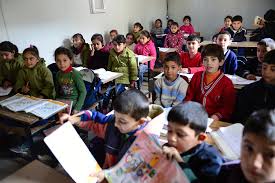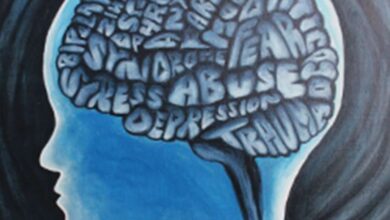Access to education and educational equity

Education is a fundamental human right that has the potential to empower individuals, promote social and economic development, and reduce inequalities. However, access to education and educational equity remain significant challenges in many parts of the world. This article explores the meaning of educational equity, barriers to access, and strategies to promote access and equity in education.
Introduction
- Explanation of the importance of education as a human right
- The global state of access to education
- A brief overview of the article’s structure
Defining Educational Equity
- Explanation of the Concept of educational equity
- Comparison with equality
- Importance of educational equity in promoting social justice
Barriers to Access to Education
- Financial barriers
- Social and cultural barriers
- Geographic barriers
- Physical and health barriers
- Discrimination and exclusion
Strategies to Promote Access and Equity in Education
- Government policies and funding
- Community-based initiatives
- International cooperation and support
- Technology and digital resources
- Curriculum and pedagogical reforms
- Empowering marginalized communities
Challenges and Controversies in Achieving Educational Equity
- Political and economic constraints
- Ideological and cultural conflicts
- Resistance to change and innovation
- Inadequate monitoring and evaluation
- Ethical dilemmas and human rights violations
Case Studies of Successful Efforts to Promote Educational Equity
- Examples from different regions and contexts
- Highlighting best practices and innovative approaches
- Lessons learned and recommendations for replication and scaling up
Challenges and Controversies in Achieving Educational Equity
Despite the widespread consensus on the importance of educational equity and access to education, achieving these goals remains challenging and controversial in many contexts. Political and economic constraints often limit the resources and opportunities available for education, and ideological and cultural conflicts can lead to resistance to change and innovation. In addition, inadequate monitoring and evaluation of educational programs can undermine their effectiveness and accountability, and ethical dilemmas and human rights violations can occur in the implementation of education policies.
For example, in some countries, education is highly politicized and subject to frequent changes in policies and funding, which can create uncertainty and instability for learners and educators. In other cases, cultural and religious differences can lead to conflicts over the content and methods of education, with some groups feeling excluded or marginalized by the dominant curriculum. Moreover, some education programs may prioritize economic or political interests over the needs and rights of learners, leading to inequalities and injustice.
To address these challenges, it is essential to promote dialogue and cooperation among different stakeholders in education, including governments, communities, educators, learners, and civil society organizations. In addition, it is important to ensure transparency and accountability in education policies and programs, by monitoring and evaluating their impact and involving all relevant actors in decision-making processes.
Case Studies of Successful Efforts to Promote Educational Equity
Despite the challenges and controversies in promoting educational equity and access to education, there are many inspiring examples of successful efforts to achieve these goals in different regions and contexts. These case studies highlight the importance of innovation, collaboration, and commitment to achieving educational equity.
For instance, in Finland, a comprehensive education system that values equity and quality has led to high levels of achievement and social mobility for learners from all backgrounds. In South Africa, community-based initiatives such as the Community Schools Programme have provided access to education for marginalized learners in rural and urban areas. In India, the use of digital technology and open educational resources has expanded access to education for millions of learners, including those in remote and underserved areas.
These case studies also demonstrate the importance of investing in education as a means of promoting social and economic development, reducing inequalities, and empowering individuals and communities. By prioritizing education and ensuring that all learners have equal opportunities to learn and succeed, we can build a more just and sustainable world.



